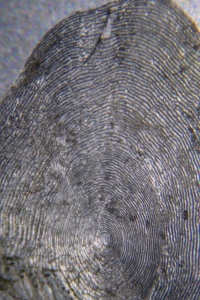Following the recent mass escape at the Mowi Aquaculture North Carradale site, several farmed fish have now been caught by anglers, and Fisheries Management Scotland are asking for angler’s assistance in monitoring the situation.
Please see our previous news updates on the escape for previous details.
Soon after the escape some salmon turned up dead on Carradale beaches. Fisheries Management Scotland have been informed of a number of farmed fish caught by anglers in several rivers across Loch Lomond, Ayrshire and Argyll. We therefore want to re-emphasise the importance of vigilance among the angling community and be clear on actions that should be followed. Fisheries Management Scotland have recently published guidance on the identification of and actions relating to farmed fish which can be read here.
What are we doing?
Fisheries Management Scotland are working with our members to ensure everything is being done to monitor the situation and mitigate the impacts where possible. In addition to this, we are working with Marine Scotland Science and Mowi to design a genetic monitoring project which will allow us to assess and understand the impact of this escape. This will also form the basis for future monitoring and mitigation programmes which can be built into a reformed regulatory regime for fish farming in Scotland.
The Salmon Interactions Working Group (SIWG) (published April 2020) made a number of recommendations to address inadequacies in the current regulatory system, some of which are relevant to escapes of farmed fish. For example, it is not currently an offence to have an escape – the only offence is failure to report an escape or circumstances that may have led to an escape. Once the SIWG recommendations are taken forward the reformed regulatory system will require 100% of the fish to be retained in farms, minimum technical standards as well as a per fish fine for any escapes. We are actively working with the Scottish Government to ensure these recommendations are implemented as soon as possible. In the meantime, we are working with Marine Scotland and MOWI to mitigate the current situation to the best of our ability.
Any queries on the escape should be directed to Aquaculture Interactions Manager Polly Burns – polly@fms.scot.
Identification of Farmed fish
When farmed fish are newly in wild systems, there can be a number of identifying features.
Often the dorsal fin is the most commonly damaged feature on a farmed fish but where doubt occurs other features may be looked at. Less obvious indicators include more spots than a wild fish. If fish have two or more of these features, then it should be classed as a farmed origin fish. Once these fish have been in the wild for a while, the distinction of these features may diminish and it could become harder to identify conclusively. Escapees at sea for some time will re-grow their fins perfectly but by running your finger along the leading edge of a farmed salmon’s pectoral fin it will feel bumpy in comparison to a wild’s smooth one. Anglers should remain vigilant with their catches and seek second opinions where doubt occurs.
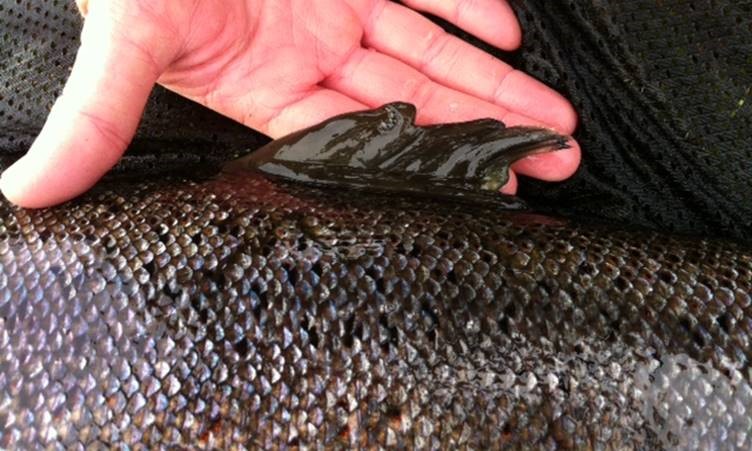

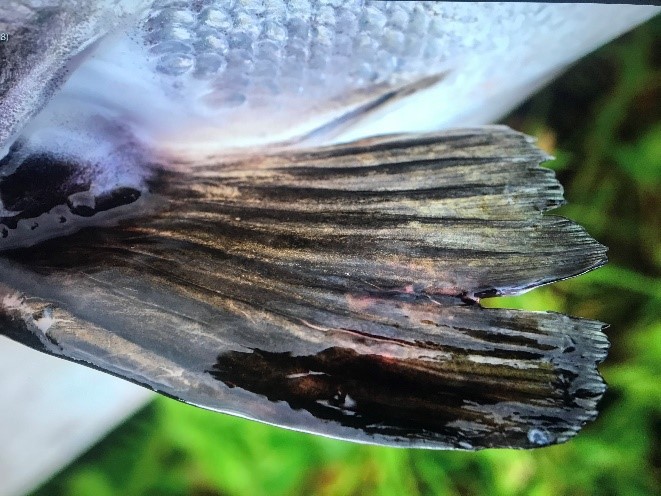
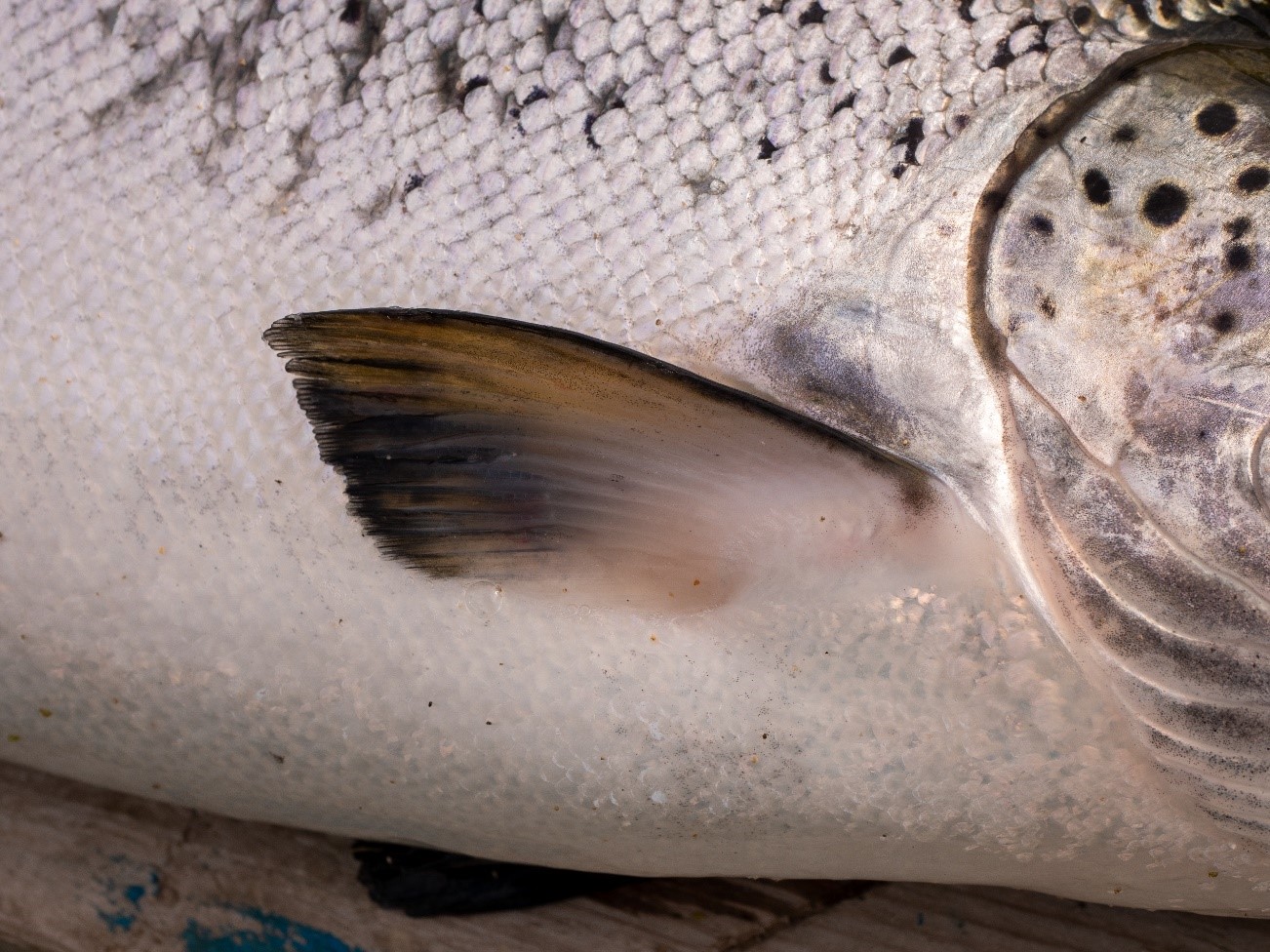
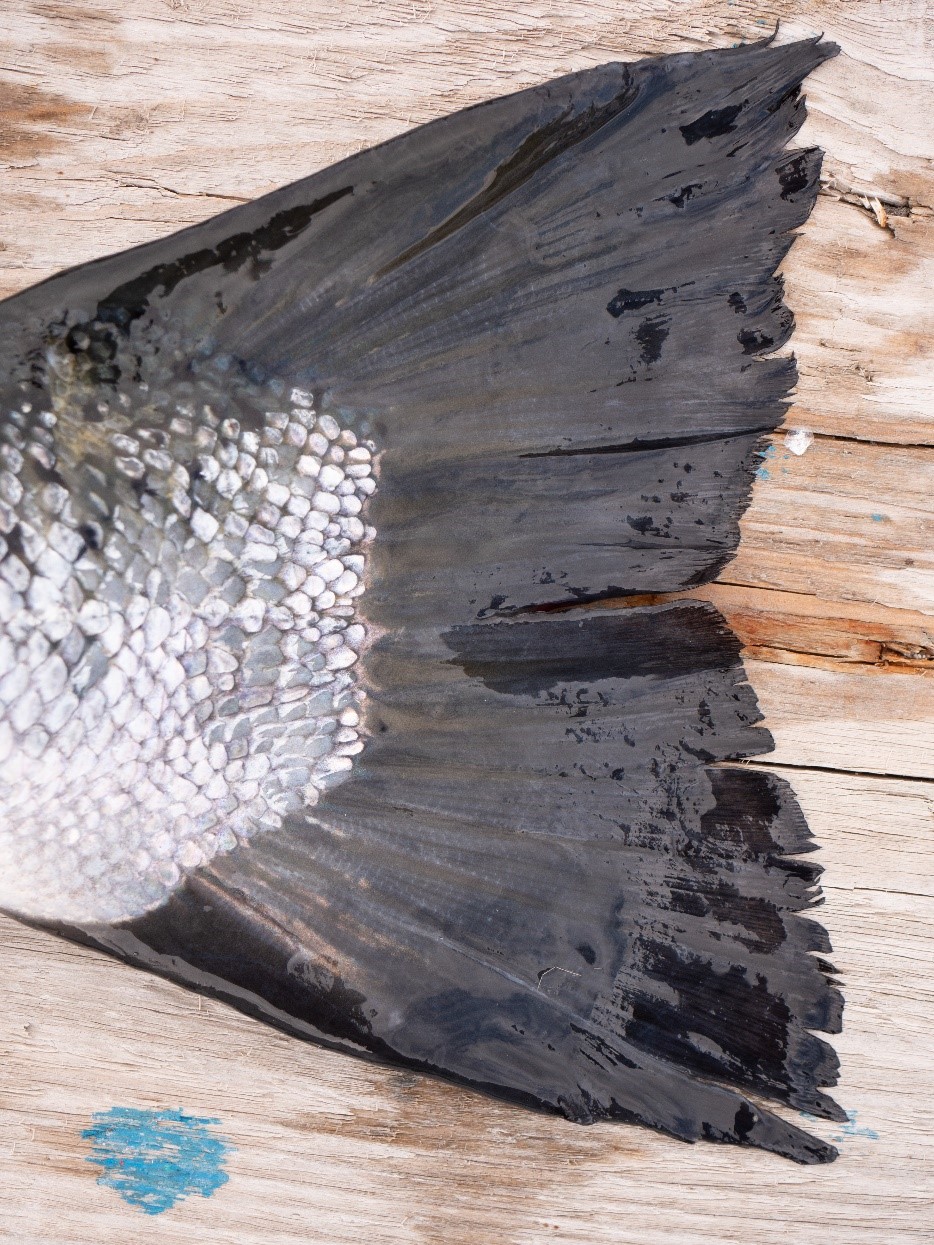
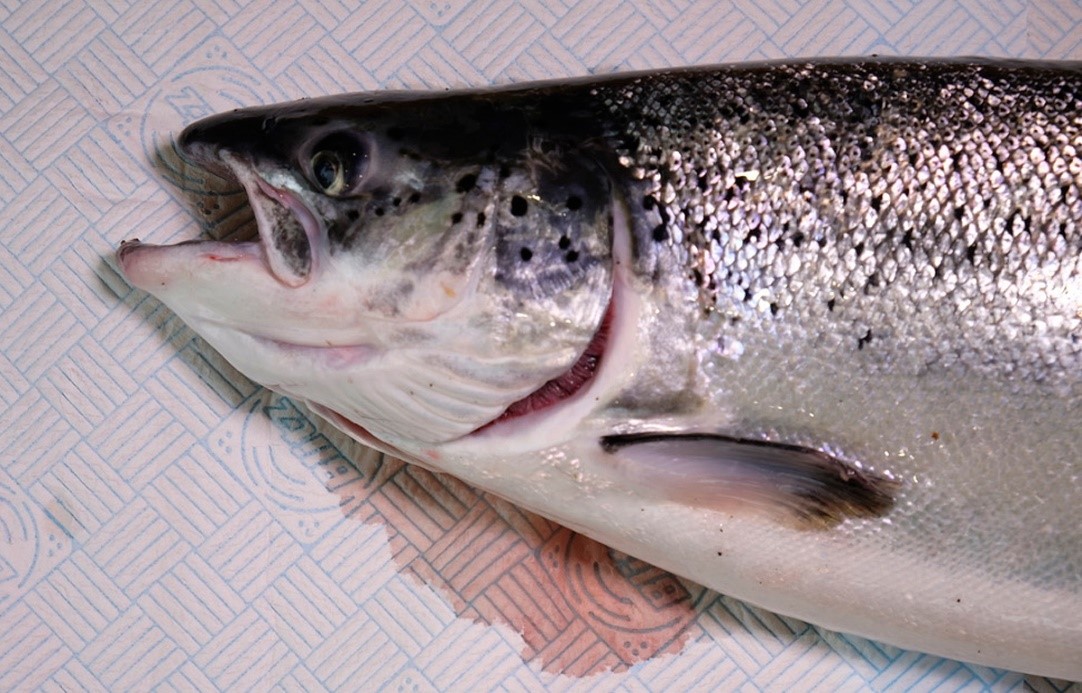
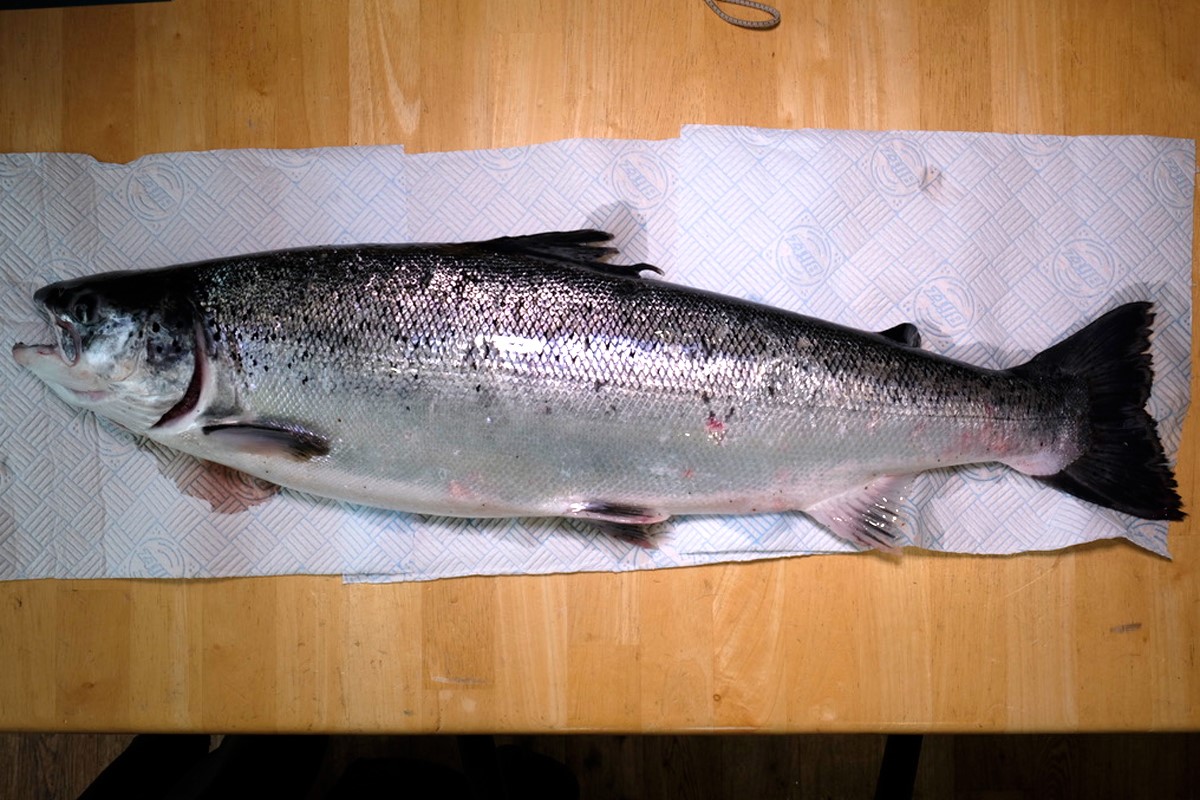

What can you do if you catch a farmed fish?
It is important that escaped fish are recorded centrally with Fisheries Management Scotland so when a fish is caught please can the angler fill in the online form. It is crucial this information is passed on to all those angling so that we have the information available in a consistent manner.
Following identification, escaped farmed fish should be humanely dispatched. Scale samples should be taken from behind the dorsal fin, and these should be sent to Stuart Brabbs, Ayrshire Rivers Trust, 1 Gibbsyard, Auchincruive Estate, Ayr, KA6 5HW. Scales should be stored in paper, not plastic; an envelope or kitchen roll are ideal. Scale samples will be read to ensure the fish was farmed and understand more of its life history.
Similar to what can be seen on a tree, salmon scales show growth rings. Farmed scales show rapid and uniform growth in comparison to wild fish whose growth is dependent on seasons and habitat. Ayrshire Rivers Trust

